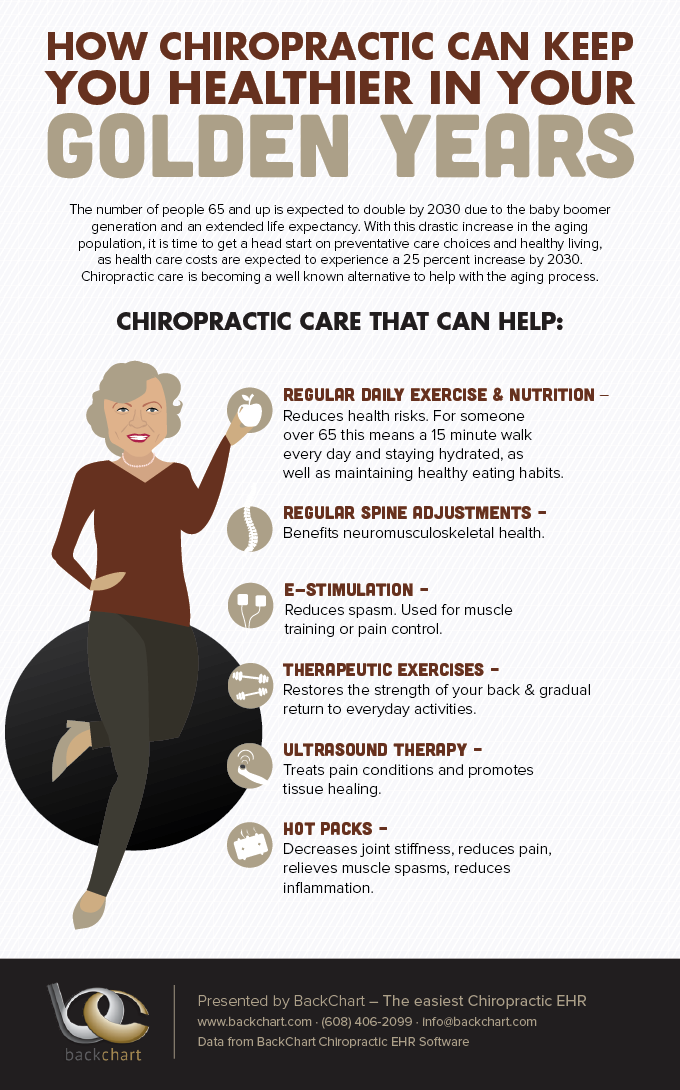Common Everyday Routines That Cause Neck And Back Pain And Tips For Avoiding Them
Common Everyday Routines That Cause Neck And Back Pain And Tips For Avoiding Them
Blog Article
Short Article Writer-Carstensen Rosales
Maintaining proper posture and preventing usual mistakes in daily tasks can substantially influence your back health. From exactly how you rest at your desk to just how you raise heavy items, little modifications can make a big difference. Envision a day without the nagging pain in the back that prevents your every move; the option could be easier than you believe. By making a few tweaks to your day-to-day habits, you could be on your method to a pain-free existence.
Poor Stance and Sedentary Way Of Living
Poor pose and an inactive way of living are two significant contributors to back pain. When you slouch or hunch over while sitting or standing, you put unnecessary strain on your back muscular tissues and back. This can cause muscle imbalances, tension, and ultimately, persistent back pain. In addition, sitting for extended periods without breaks or exercise can deteriorate your back muscle mass and cause tightness and discomfort.
To deal with inadequate pose, make a conscious initiative to rest and stand up right with your shoulders back and straightened with your ears. Bear in mind to maintain your feet flat on the ground and avoid crossing your legs for extended periods.
Incorporating regular stretching and strengthening exercises into your everyday routine can likewise help enhance your posture and minimize pain in the back connected with a less active lifestyle.
Incorrect Lifting Techniques
Inappropriate lifting strategies can dramatically add to back pain and injuries. When you raise heavy objects, bear in mind to flex your knees and utilize your legs to raise, instead of depending on your back muscle mass. Stay Click On this site of turning your body while training and maintain the object close to your body to minimize strain on your back. It's vital to preserve a straight back and stay clear of rounding your shoulders while lifting to prevent unneeded pressure on your spinal column.
Constantly analyze the weight of the things before raising it. If it's as well hefty, request for help or usage equipment like a dolly or cart to deliver it securely.
Remember to take breaks during lifting jobs to give your back muscles a chance to rest and avoid overexertion. By carrying out appropriate lifting techniques, you can stop neck and back pain and decrease the risk of injuries, guaranteeing your back stays healthy and balanced and strong for the long term.
Absence of Normal Workout and Extending
An inactive lifestyle without routine workout and extending can substantially add to pain in the back and pain. When you do not take part in exercise, your muscle mass become weak and inflexible, resulting in bad posture and enhanced stress on your back. Regular exercise helps reinforce the muscular tissues that sustain your spine, enhancing security and minimizing the risk of pain in the back. Integrating stretching right into your routine can additionally improve adaptability, stopping stiffness and pain in your back muscles.
To stay clear of back pain caused by an absence of exercise and stretching, go for at the very least half an hour of moderate physical activity most days of the week. Include exercises that target your core muscle mass, as a solid core can help ease pressure on your back.
Furthermore, take breaks to stretch and move throughout the day, particularly if you have a desk job. Simple stretches like touching your toes or doing shoulder rolls can help ease stress and protect against neck and back pain. Focusing on routine exercise and stretching can go a long way in preserving a healthy back and minimizing pain.
Conclusion
So, bear in mind to sit up right, lift with your legs, and stay energetic to stop neck and back pain. By making simple adjustments to your day-to-day habits, you can prevent the pain and limitations that include back pain. Care for your spinal column and muscles by exercising great posture, proper lifting strategies, and regular exercise. Your back will certainly thanks for it!
